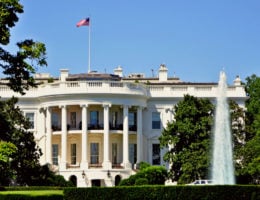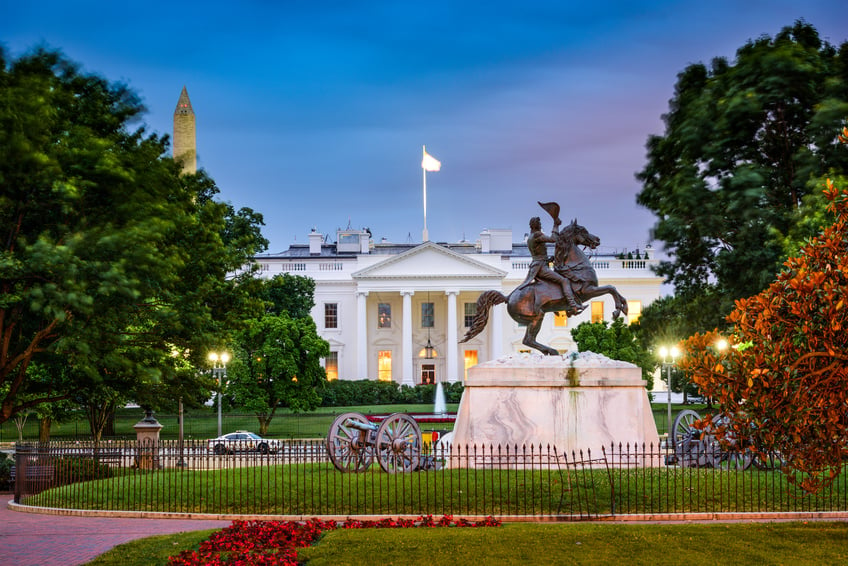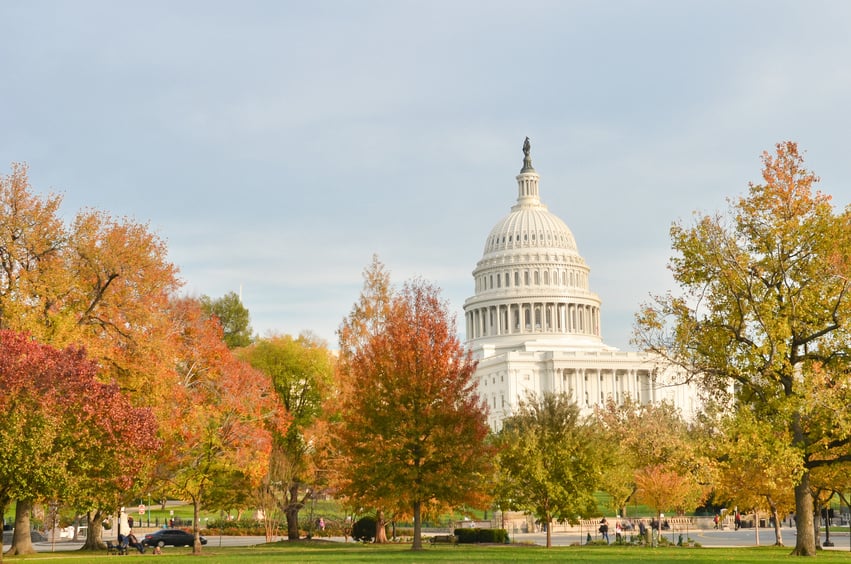As a result of COVID-19, construction on a number of renewable energy projects has been repeatedly delayed, potentially jeopardizing valuable tax benefits under the investment credit provisions. Such provisions require taxpayers to make continuous progress toward completion of the project once construction has begun.
Within the last year, both the Biden Administration and Congress have proposed new and expanded tax credits and other incentives to stimulate hydrogen investment. Hydrogen production and storage appear to be top of mind, and new tax incentives should be well suited to spur these investments and make the United States a power player in the hydrogen sphere.
Tax equity financing transactions have become an increasingly popular way to provide a higher rate of return for outside investors and to help developers monetize an otherwise cost prohibitive project. In a recent Tax Court decision, Olsen v. Commissioner, T.C. Memo. 2021-41 (6 April 2021), the taxpayers invested in such a venture, but the result was a complete disallowance of all tax benefits because the investment was simply too good to be true and (according to the Department of Justice) a tax shelter. For individual taxpayers in particular, this case is an effective lesson on how not to structure investments in energy equipment transactions.
On January 6, 2021, Treasury and the Internal Revenue Service (IRS) issued final regulations (“Final Regulations”) relating to the credit for carbon oxide capture and sequestration under Code Section 45Q. These regulations finalize proposed regulations issued in May 2020 (“Proposed Regulations”). Congress enacted section 45Q in 2008 to incentivize the capture and disposal of carbon dioxide to prevent release into the atmosphere. Originally, the credit was available for carbon dioxide that was captured and either disposed of in secure geological storage or injected into an enhanced oil recovery (“EOR”) project. However, in 2018 Congress expanded the credit to also cover carbon monoxide and to cover additional methods to “utilize” captured carbon oxide.
The IRS has prevailed in more than three dozen conservation easement disputes in the Tax Court over the past year alone. On 9 July 2020, the Tax Court handed the IRS victories in four conservation easement disputes on the same day, on the basis that none of the easements were protected ‘in perpetuity’ under Code Section 170(h)(5)(A). The cases are: Englewood Place v. Commissioner, T.C. Memo. 2020-105, Maple Landing v. Commissioner, T.C. Memo. 2020-104, Riverside Place v. Commissioner, T.C. Memo. 2020-103, and Village At Effingham v. Commissioner, T.C. Memo. 2020-102.
Read publication We are pleased to enclose the March issue of Tax News and Developments, a publication of Baker McKenzie’s North America Tax Practice Group. This month’s edition features an update on the tax payment deadline, state and local tax effects of COVID-19, a discussion on the FDII regime, the…





